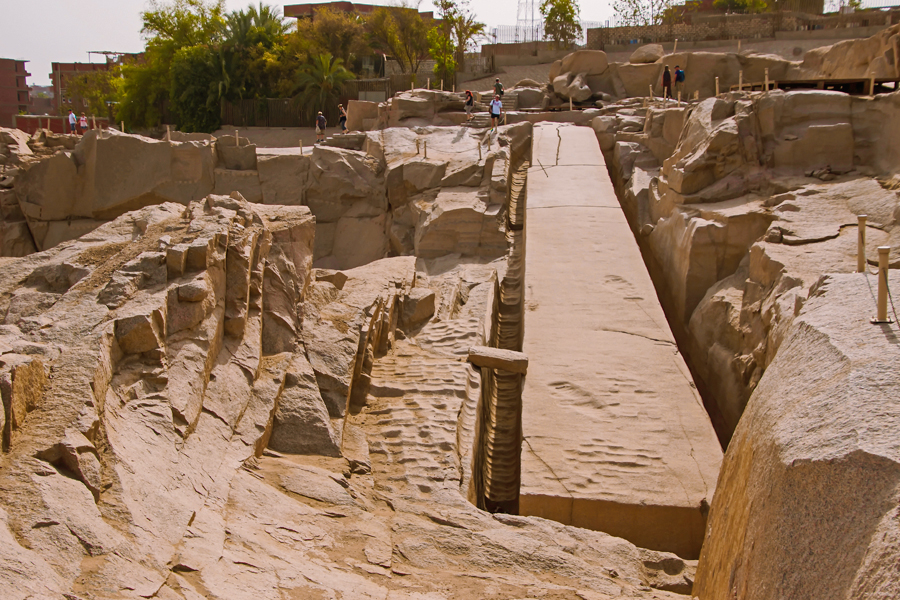The Obelisk is Incomplete and Lacks Sections on Many Sites.
The magnificent obelisk in Aswan is known as the obelisk that was never completed. Although it is the giant obelisk ever built, it was never completed for unknown reasons. During her reign as Queen of Heliopolis, Hatshepsut oversaw the construction of several enormous monuments. This may give you a better understanding of how these massive structures are built.
How Does The Unfinished Obelisk Fit into History, and What is its Historical Significance?
It was constructed unusually because it was based on a Greek design, and its four sides came together to form a small pyramid at the top of the obelisk.
A miniature pyramid was built at the meeting point of the obelisk’s four sides. During the eighteenth century, while Egypt was still the New Kingdom, it was constructed. Karnak Temple contains the tomb of Queen Hatshepsut, who ruled during the reign of King Tuthmosis II (1478-1458 BC).
The obelisk from the Lateran temple, taken to Rome, was also buried there. During the reign of King Thutmose II, Queen Hatshepsut took control of Egypt (1478-1458 BC). Initially, it was supposed to be 42 meters high, making it the tallest obelisk in the world. It is still in the exact location where it was discovered in a granite quarry in Aswan. However, the project was abandoned once it was discovered that the obelisk had been fractured in several locations.
The obelisk remains in its original place. Due to its size, it will be the giant obelisk ever built, with a weight of 1,200 tons. Created from a single piece of red granite, the obelisk was designed to resemble the ancient mound that early humans saw in the Creation Account—made of a single slab of granite.
building an Obelisk
In addition to the existing obelisk, you can visit a public museum. The tiny mineral balls of dolerite, which are much more complex than the granite used to cut the obelisk, may reveal something about the procedures and equipment used in constructing this vast tower. The obelisk was made of dolerite. For example, dolerite was used to build the obelisk.
The obelisk was extracted from the granite by drilling hundreds of tiny holes and filling them with sawdust. In addition, they used other sophisticated building methods to achieve their goals. In this case, the potato chips were soaked in water. When the obelisk was fertilized, it was separated from its base.
Some additional Egyptian obelisks
Here are eight other notable obelisks that you may see today in Egypt:
- King Thutmose ordered the construction of the Karnak temple in Thebes.
- Hatshepsut financed the structure of the Karnak temple in Thebes. It is the second obelisk in the city (fall).
- The Karnak Temple, built by King Seti II in Thebes, is one of the most famous buildings in Egypt (7 AD).
- During the reign of Ramses II, the magnificent Luxor Temple was built.
- While Ramses II built the Luxor Museum, Senusret I made Heliopolis in Cairo. Ramses II also built the island of the island, which is 20.4 meters high and weighs 120 tons, and is located near Cairo.
- The height of Cairo International Airport, Ramses II, built during his reign, is 1697 meters.
Many remarkable ancient Egyptian buildings exist in Cairo, Luxor, Aswan, and Alexandria. If you are interested in history and want to see important historical places, you must explore Egypt’s luxury cruises, including the Nile River cruise. Egypt luxury cruises that include a Nile cruise are an excellent option for history buffs who want to see some of the world’s oldest and most important monuments.


0 Comment